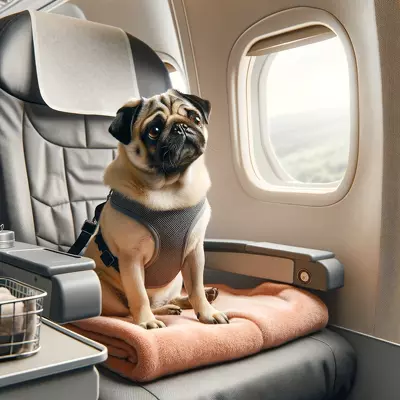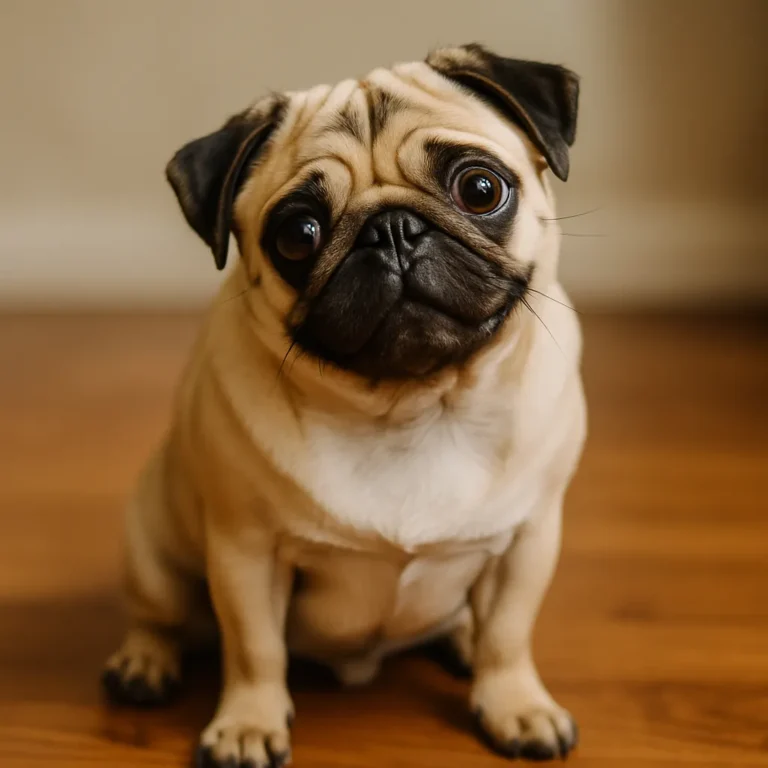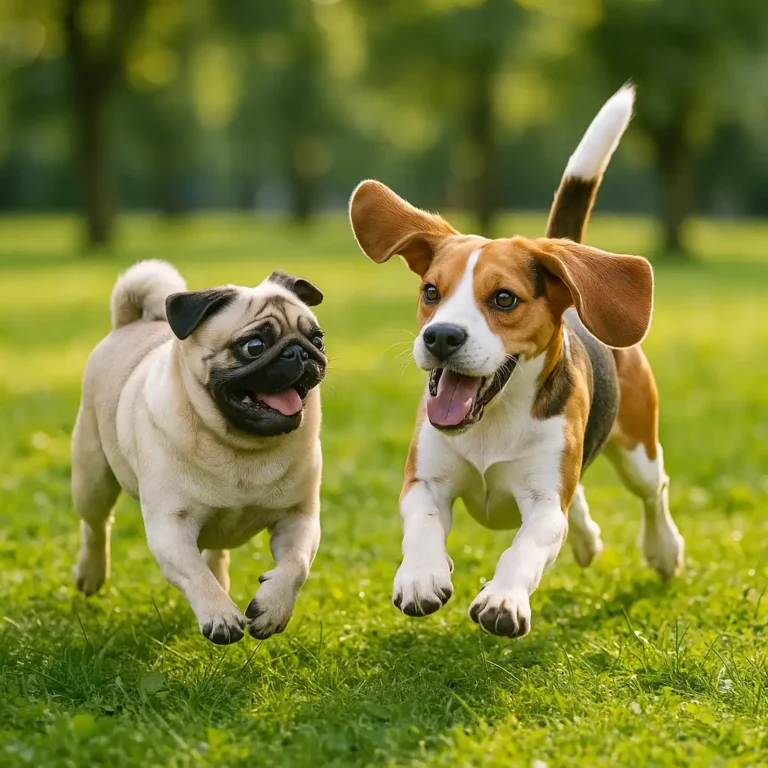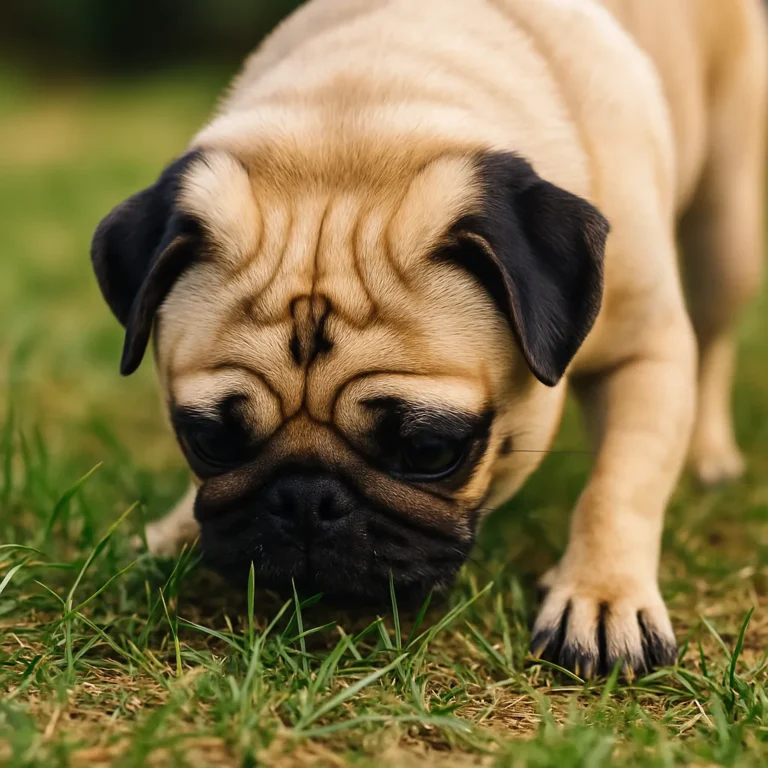Can Pugs Fly on Planes in Cabin? Everything You Should Know Before You Travel

Disclosure: This post contains affiliate links. As an Amazon Associate, I earn from qualifying purchases—at no extra cost to you.
Traveling with your pug might sound like the ultimate adventure, but flying with this lovable breed requires extra planning and care. Due to their short-nosed (brachycephalic) anatomy, pugs face unique challenges when it comes to air travel. While it’s not impossible, there are important considerations to ensure their safety and comfort on board.
Understanding Brachycephalic Breeds and Air Travel
Pugs belong to a group of dogs known as brachycephalic breeds. These dogs have flat faces and shortened airways, which makes them more prone to breathing difficulties, especially in stressful or poorly ventilated environments. Airplane cargo holds or even warm cabins can pose risks to their respiratory health. This is one of the main reasons many airlines have strict policies or outright bans on brachycephalic breeds in the cargo hold.
Airline Policies and Restrictions
Airlines vary greatly in their rules for traveling with pugs. While some allow small dogs like pugs to fly in the cabin under the seat in an approved carrier, others have completely banned pugs from flying due to past incidents. It’s essential to check the airline’s pet travel policies well in advance of your trip.
Even if allowed in the cabin, your pug must fit comfortably in a carrier that meets size requirements, usually around 18 x 11 x 11 inches. Booking early is key, as airlines often limit the number of pets allowed in the cabin per flight.
Preparing Your Pug for the Flight
To reduce stress and ensure a smoother journey, help your pug become familiar with its carrier well before the flight. Allow it to nap inside it at home and take short car rides in it to get used to travel. Include a cozy blanket and a favorite toy inside the carrier for added comfort.
Avoid feeding your pug a big meal right before flying to prevent motion sickness, and always check with your vet about safe travel strategies, especially if your pug has a history of respiratory problems.
Consider the Weather and Flight Duration
Temperature is a major factor when flying with a pug. Flights during warmer months or layovers in hot cities can increase the risk of heat stress. Choose early morning or evening flights to avoid the hottest parts of the day, and opt for direct flights when possible to minimize time in transit.
Shorter flights are generally safer for pugs than long-haul journeys. If your trip is long-distance, consider whether flying is truly necessary or if driving might be a safer alternative.
Alternatives to Flying with Your Pug
If flying isn’t feasible due to health concerns or airline restrictions, explore pet transport services that specialize in brachycephalic breeds. These companies are experienced in ensuring safe ground transport and often provide more personalized care than a commercial airline.
Conclusion
So, can pugs fly on planes? Yes, but it’s not as straightforward as with other breeds. Their respiratory sensitivity and the varying airline rules make it a decision that requires careful consideration. Always prioritize your pug’s comfort and safety before booking a ticket. If done right, you and your little companion can still enjoy the journey together.






